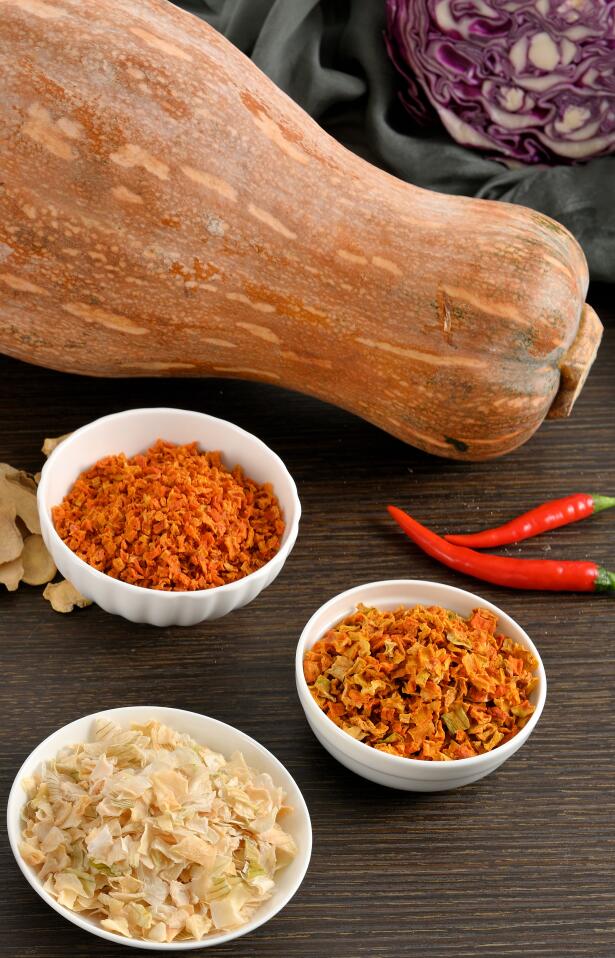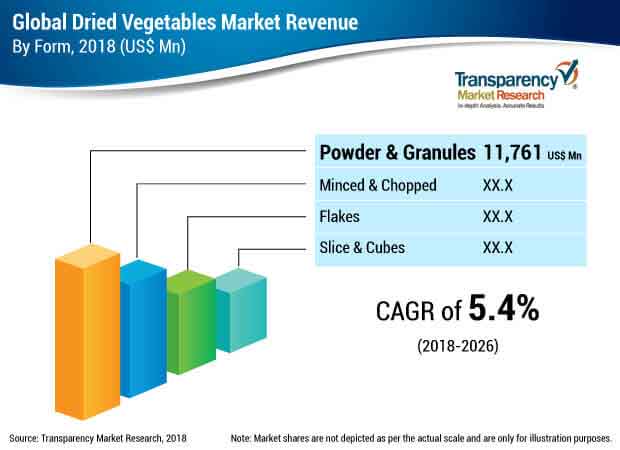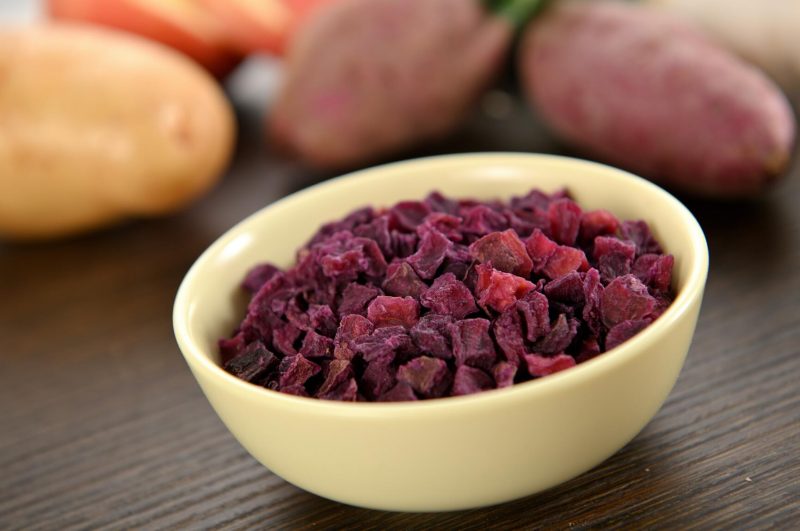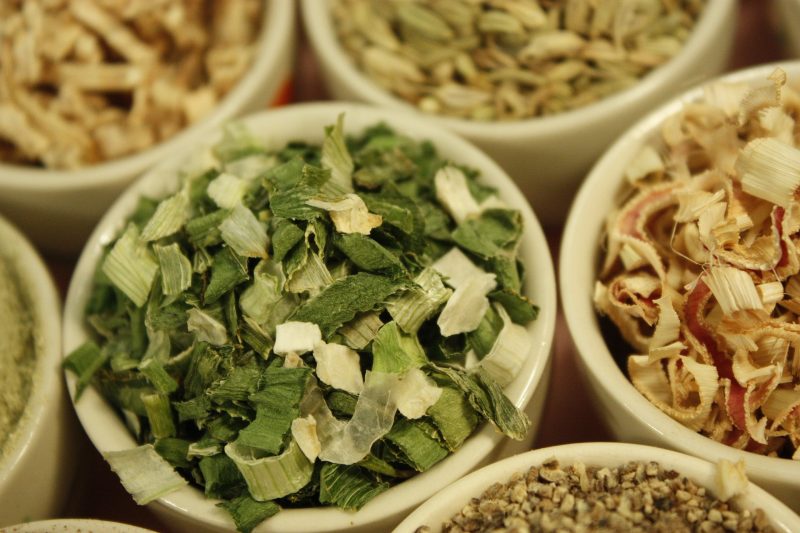Dried Vegetable Market: Introduction
Drying vegetables is one of the oldest techniques used to preserve vegetables for a long duration of time. The principle behind preservation by drying is to reduce the moisture content from fresh vegetables to a level where microorganisms such as bacteria, mold, and yeast are unable to grow and spoil the vegetable. Solar drying is the oldest method, and many new advanced technologies are being used in the dried vegetable market. With the use of modern technology, dried vegetables have better flavor, color, aroma, acceptability, and rehydration. High quality dried vegetables have less than 10% moisture content, the absence of defects, and fast rehydration ability. Commonly available dried vegetables are carrots, tomatoes, potatoes, mushrooms, peas, and others. Dried vegetable are extensively used in food manufacturing companies, and used in the manufacturing of tomato ketchup, chutneys, sauces, salads, pickles, meat sausages, masala bread, breakfast foods, and evening snacks.
Dried Vegetable: Market Outlook
Due to increasing health awareness, people are seeking food products with high nutritional value and fibrous content. Dried vegetables retain nutrients and fibers in the concentrated form, and are recognized as a healthy snacks option among the population. The high content of dietary fibers in dried vegetables has many health benefits, such as it is associated with decreasing the risk against cancer types such as colorectal cancer, gastrointestinal cancer, and others. Dried vegetables are also gaining a lot of attention in the vegetable market due the ability to conveniently store and transport them. Drying the vegetables also prevents postharvest loss, and loss during the storage and transportation of fresh vegetables. In the dried vegetable market, a majority of the demand comes from Asia Pacific and Europe. Asia Pacific also holds a major share in the production of dried vegetables in the global dried vegetable market. According to FAO data 2016, China and India are the highest producers of fresh and dried vegetables, and also account for the highest export of dried vegetables to other regions. Due to an increase in the demand for dried vegetables, it is anticipated that, there would be higher returns on dried vegetables for investors in the coming future.
Long Shelf Life of Dried Vegetables
The dried vegetable market is witnessing an upward push in the global vegetable market, due to modern and advanced technologies being used for their processing. Technologies such as vacuum drying and freeze drying have increased the possibility of consuming dried vegetables for an extended period of time. Dried vegetables have a longer shelf life, ranging from several weeks to even months, which enables consumers to devour them anytime during the near future. The increase in the shelf life of dried vegetables is due to a reduction in the moisture content as compared to fresh vegetable, which maintains an undesirable environment from microbial growth. Due to advancements in drying technology, the dried vegetable market has grown remarkably over the last few decades, and can be anticipated to grow even more over the forecast period.
On the other hand, the approval of regulatory authorities has also opened the doors for dried vegetable manufacturers who have analyzed the capacity of this enterprise and have begun the delivery of the latest trending products. Companies such as Olam International, Symrise AG, Mercer Foods, LLC, and others have been producing dried vegetables from the past many years. Many new players are emerging in developing countries, after analyzing the future scope of the flourishing dried vegetable market.




